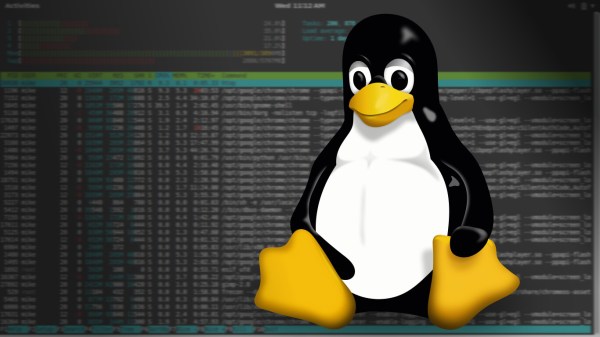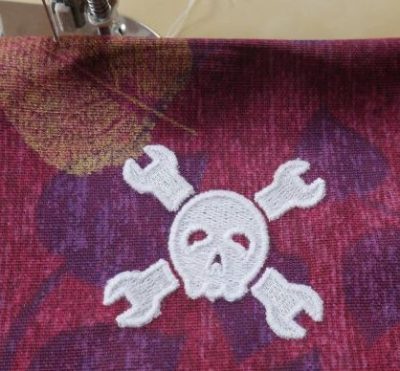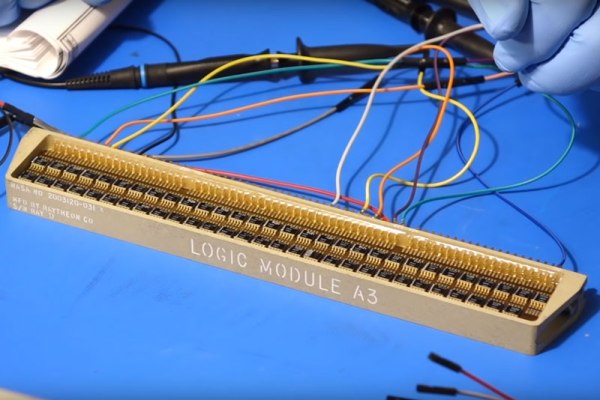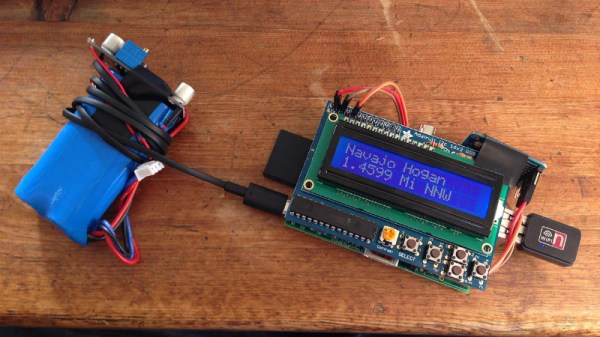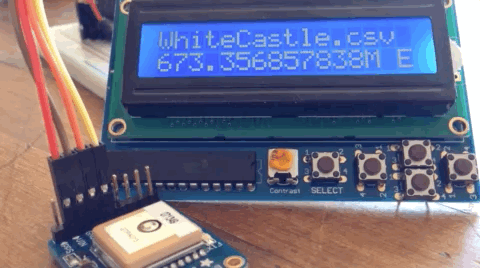Getting a solar array to track the sun has always been an interesting problem, and it has led to some complicated solutions. Controllers that use GPS and servos seem to be much in favor these days, but as this NASA-inspired sun tracker shows, the task needn’t be overly complex.
It’s pretty obvious from the video below that [NightHawkInLight]’s solar tracker is just a proof-of-concept for now, but it certainly shows promise. It’s based on NASA’s sun-skimming Parker Solar Probe, which uses sensors at the rear of the probe to maneuver the craft to keep sunlight from peeking around the sides of the shield. [NightHawkInLight]’s design simplifies that scheme even more, by using solar cells as the four sensors. The cells, mounted behind a solar shade, are directly connected to small gear motors that control azimuth and elevation. When a cell sees the sun, it powers the motor that moves the panel the right way to occlude the sun again, thereby cutting power to the motor.
[NightHawkInLight] mentions the obvious problem of what happens when the sun comes up and the array is pointing the complete opposite direction after the previous sunset, but we’re still not sure his solution – a larger array with tracking cells mounted further apart – will work. We’re also not sure how it will scale to larger arrays that need bigger motors to move. We’ve seen such arrays handled with more complicated trackers, of course, but we hope the simplicity of this design can be made practical for real-world use.
Continue reading “Self-Powered Sun Tracker Takes A Cue From NASA Solar Probe”

